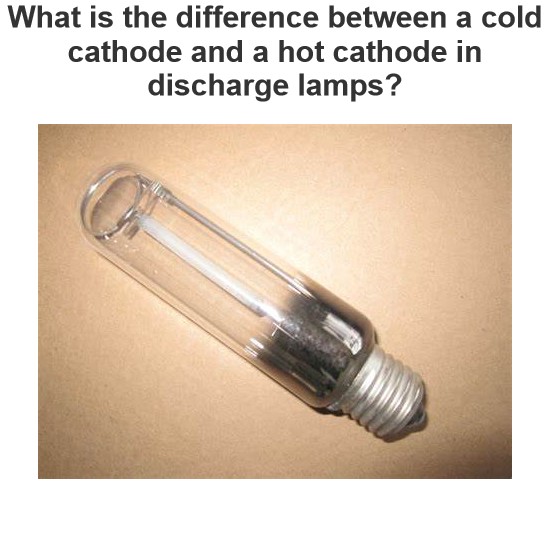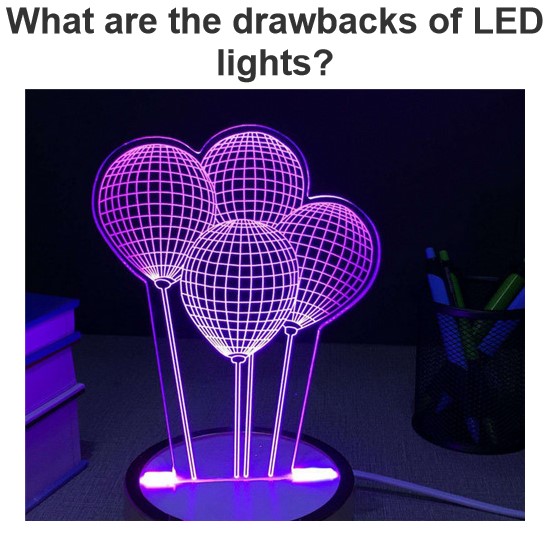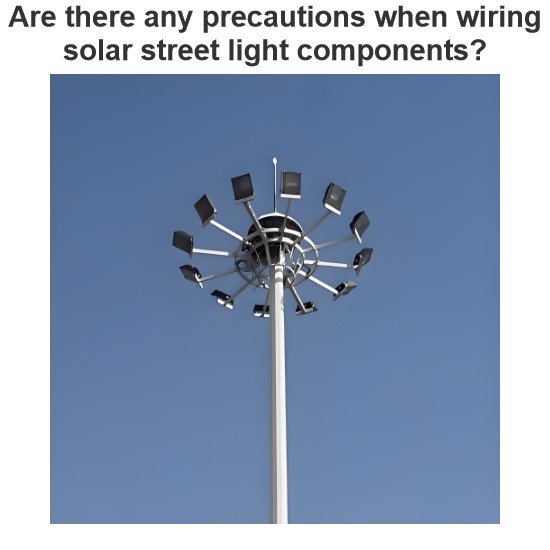Electronic Ballast: Working Principle & Circuit Diagram
What is Electronic Ballast?
An electronic ballast (or electrical ballast) is a device that controls the starting voltage and the operating currents of lighting devices.
It does this through the principle of electrical gas discharge. An electronic ballast will convert power frequency to a very high frequency to initialize the gas discharge process in Fluorescent Lamps – by controlling the voltage across the lamp and current through the lamp.
Use of Electronics Ballast
There are some advantages to use electronic ballast instead of electromagnetic ballast.
It operates in low supply voltage. It produces high frequency to give a very high output voltage initially to start up the discharge process.
It creates very low noise during operation.
It does not create any stroboscopic effect or RF interference.
As it works with a very high frequency, it helps to start the lamp operation instantaneously.
It does not require any starter that is used in electromagnetic ballast.
It never creates flickering.
No start-up vibration occurs.
Its weight is very minimal.
Ballast loss is very less. Hence energy saving is possible.
It increases the life of the Lamp.
Due to operation at a higher frequency, the discharge process in a fluorescent lamp is at a higher rate. Hence the quality of light is increased.
Working Principle of an Electronic Ballast
Electronic ballast takes supply at 50 – 60 Hz. It first converts AC voltage into DC voltage. After that, filtration of this DC voltage is done by using a capacitor configuration. Now filtered DC voltage is fed to the high-frequency oscillation stage where oscillation is typically square wave and frequency range are from 20 kHz to 80 kHz.


Hence output current is with very high frequency. A small amount of inductance is provided to be associated with a high rate of change of current on high frequency to generate a high value.
Generally, more than 400 V is required to strike the gas discharge process in fluorescent tube light. When the switch is ON, the initial voltage across the lamp becomes 1000 V around due to high value, hence gas discharge takes place instantaneously.
Once the discharge process is started, the voltage across the lamp is decreased below 230V up to 125V and then this electronic ballast allows limited current to flow through this lamp.
This control of voltage and current is done by the control unit of the electronic ballast. In the running condition of fluorescent lamps, electronic ballast acts as a dimmer to limit current and voltage.
Basic Circuitry of an Electronic Ballast

In present days, electronic ballast design is so robust and somewhat complicated to work very smoothly with high leveled controlling ability. The basic components used in the Electronic Ballast are listed below.
EMI filter: Blocks any electromagnetic Interference
Rectifier: Converts AC power to DC power
PFC: It does Power Factor Correction
Half-Bridge Resonant Output: Converts DC to square waved voltage with high frequency (20 kHz to 80 kHz).
Control Circuit: Controls voltage and current across and through the lamp respectively.
What is HID Ballast?
An HID ballast (HID stands for High-Intensity Discharge) is a device that is used to control the voltage and arc current of High-Intensity Discharge lamps during their operation. The circuit diagram for the various types of HID ballasts is shown below.
Types of HID Ballast
HID ballasts can be classified into four different categories/types:
Reactor ballast
Lag ballast
Regulator ballast
Auto regulator ballast
A short description of each type is given below.
Reactor Ballast
This reactor ballast is essentially a wire coil on an iron core placed in series with the lamp.
A capacitor is introduced to correct the power factor and this capacitor must be inserted across the line.
The voltage change in the lamp due to the reactor is 18%, for wattage, it is 5% change and 5% line voltage change.
It regulates the lamp voltage very well but regulates the line voltage very poorly.
The reactor ballast provides a low current crest factor of about 1.5.
The amount of the starting voltage it can provide to the lamp has limitations up to the line voltage.

The Regulator ballast is shown below.
Lag Ballast
A combination of an autotransformer and a reactor forms lag ballast.
This lag ballast has the same regulation characteristics as the reactor ballast.
But lag ballast overcomes the starting voltage limitation, i.e. more than line voltage.
It is bulk in size with a greater loss.
A lag ballast cost higher.
A circuit diagram of a lag ballast is shown below.

Regulator Ballast
Regulator ballast has isolated primary and secondary windings.
It achieves current limiting through a series capacitor.
This capacitor leads the current to lead the secondary voltage.
With a regulator ballast, an excellent regulation is obtained.
By using this regulator ballast, the change in line voltage is ± 13 % and about ± 3 % is the lamp wattage change.
Its power factor is about 0.95.
It minimizes the grounding and fusing problems.
The higher current crest factor is only its disadvantage as this crest factor lies between 1.65 to 2.0.
A circuit diagram of a regulator ballast is shown below.

Auto Regulator Ballast
The auto regulator ballast has the features of both the lag ballasts and the regulator ballasts.
This auto regulator ballast is most popular and it is intended as trade off.
Its cost is less and it does not provide isolation between primary and secondary.
It has bad regulation property.
It causes a variation in the line voltage with ± 10 % and wattage variation is ± 5 %.
A circuit diagram of an auto regulator ballast is shown below.

What is the Current Crest Factor for a HID Ballast?
The current crest factor is the ratio of the peak to RMS current of the HID ballast, i.e.

Which Ballast is Used in Sodium Lamp?
A different kind of ballast is used in sodium lamps. The crest factor should not exceed 1.8 for proper lamp operation. As in the sodium lamp, ionization of xenon gas needs very high voltage, so starting voltage with a higher value must be obtained from this kind of special ballast.
The lamp wattage is controlled closely to control the amalgam vaporization. The feature of this ballast is given below.
It is a bulky electromagnetic ballast.
It is combined with igniters.
It has much better lumen maintenance capability.
Recently electronic ballasts have been introduced to perform the same tasks more efficiently.
What are the Ballast Losses in Different Ballasts?
HID ballast losses are summarised in the table below:

Statement: Respect the original, good articles worth sharing, if there is infringement please contact delete.
Electrical4U is dedicated to the teaching and sharing of all things related to electrical and electronics engineering.













